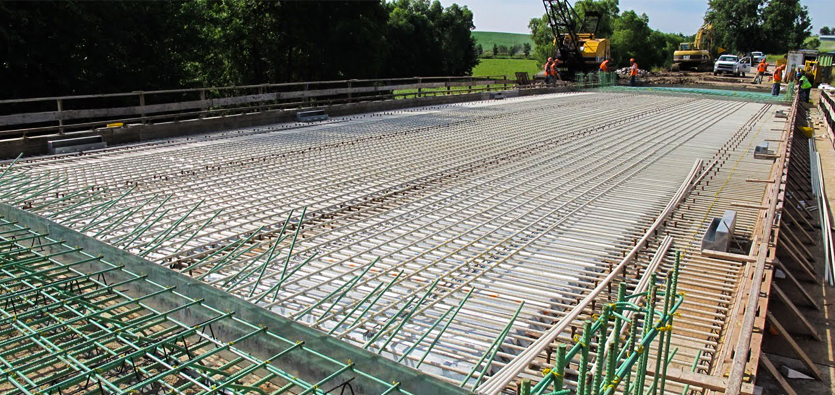Composites: The Future of Lasting Building Products
Composites: The Future of Lasting Building Products
Blog Article
From Waste to Marvel: Just How Recycled Composites Are Changing Different Applications
As sectors worldwide are progressively focusing on sustainability and ecological duty, the application of recycled compounds has emerged as a transformative service across different fields. From improving the performance of automotive parts to providing lasting alternatives in construction products, the applications of recycled compounds are appealing and substantial.
The Rise of Recycled Compounds
The boosting adoption of recycled compounds in various industries reflects a growing acknowledgment of their economic and environmental advantages. Recycled composites, derived from products such as redeemed carbon fiber or recycled plastics, use a lasting alternative to traditional products without endangering on performance. Industries ranging from automotive and building to aerospace and durable goods are significantly transforming to recycled composites to meet their production requirements.
One key driver behind the rise of recycled composites is the push towards sustainability and eco-friendliness. Firms are under boosting pressure to lower their carbon footprint and decrease waste generation. Recycled composites offer an option by utilizing products that would or else finish up in garbage dumps, consequently advertising a circular economic climate.
Furthermore, the economic advantages of utilizing recycled composites can not be neglected. These products are usually extra cost-effective than their virgin equivalents, offering business a means to lower production prices without sacrificing quality. As advancements in recycling technologies continue to enhance, the adoption of recycled composites is anticipated to further boost across diverse markets.
Advantages in Automotive Industry

Lasting Solutions in Building And Construction
Integrating sustainable techniques in building and construction projects is important for decreasing environmental influence and promoting long-lasting feasibility in the developed setting. With the construction industry being just one of the largest contributors to carbon exhausts and waste generation internationally, the adoption of lasting options is crucial in mitigating these negative impacts. Recycled composites are playing a considerable role in transforming building and construction methods by providing an extra eco-friendly choice to conventional building products.
Recycled compounds, originated from products such as redeemed wood, plastic, and rubber, provide a lasting option for various building applications. These products not just aid in decreasing waste yet also offer toughness, convenience, and toughness similar to standard construction products. By incorporating recycled composites into structure styles, construction jobs can add to resource preservation and power performance while keeping high efficiency criteria.
Furthermore, using recycled compounds in building and construction aligns with the expanding demand for eco-friendly structures and sustainable facilities. As ecological laws become more stringent and the emphasis on sustainability increases, the construction sector is significantly transforming to recycled composites as a practical remedy for creating eco-conscious structures and frameworks.
Eco-Friendly Innovations in Product Packaging
Revolutionizing the realm of lasting product packaging options, environment-friendly advancements are leading the method for ecologically aware practices in the packaging market. In reaction to the international require lowering plastic waste and reducing carbon footprints, business are significantly transforming to eco-friendly packaging alternatives. Eco-friendly materials such as mushroom packaging, seaweed-based films, and compostable plastics offer promising services to the plastic contamination situation. These ingenious products not just disintegrate normally, minimizing ecological effect, yet additionally offer similar functionality and longevity to standard product packaging choices.
In addition, developments Look At This in technology have led to the development of clever product packaging remedies that extend item service life and minimize food waste. Time-temperature signs, oxygen scavengers, and antimicrobial packaging help maintain item freshness and top quality, making sure a longer service life without the need for damaging chemicals. Additionally, the assimilation of recycled products into product packaging manufacturing processes even more boosts sustainability initiatives. By including post-consumer recycled material, business can minimize the need for virgin materials, save all-natural resources, and promote a round economic climate in the packaging industry. These environmentally friendly advancements in packaging not only profit the atmosphere yet also resonate with consumers who are significantly seeking lasting products.
Transforming Textiles With Recycled Composites
In the realm of sustainable materials, the emphasis now changes towards transforming textiles with the innovative usage of recycled compounds. This development in textile production is driven by the pushing need for even more green practices in the style and textile sectors. Recycled composites offer an appealing remedy by combining products like plastics, carbon fiber, and glass fiber to develop long lasting and flexible textiles.
One of the essential advantages of utilizing recycled compounds in textiles is the ability to repurpose waste materials that would otherwise wind up in landfills. By integrating recycled elements right into materials, manufacturers can lower their ecological effect and add to a more circular economic climate - composites. In addition, textiles made from recycled composites usually display improved stamina, sturdiness, and efficiency attributes, making them excellent for a large variety of applications
As consumer need for sustainable products continues to rise, the fostering of recycled composites in textiles is poised to grow significantly. This shift in the direction of more eco friendly fabric manufacturing not only profits the planet but also opens up new chances for development and creative thinking in the fashion and textile markets.
Verdict

From boosting the performance of auto components to providing sustainable choices in building and construction products, the applications of recycled composites are promising and huge. Recycled composites, acquired from products such as reclaimed carbon fiber or recycled plastics, use a lasting alternative to conventional materials without endangering on performance. Furthermore, the use of recycled composites promotes the round economic climate by find more drawing away waste from garbage dumps and lowering the requirement for virgin raw products - composites.Recycled composites, acquired from products such as reclaimed rubber, timber, and plastic, give a sustainable choice for numerous building and construction applications.In the world of sustainable materials, the emphasis now moves in the direction of transforming fabrics with the ingenious usage of recycled compounds
Report this page